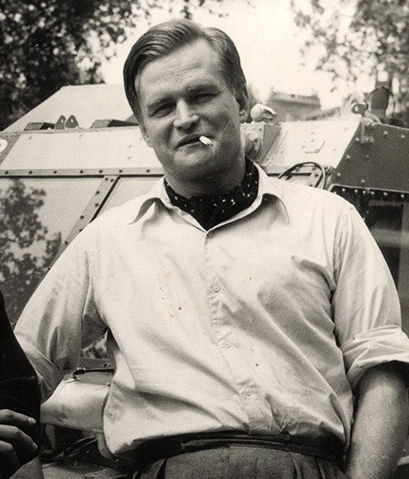It wasn’t until the fourth moon landing, two years after Apollo 11, that NASA supplied an Apollo crew with the tools it needed to take real advantage of its presence amid the “magnificent desolation” of that forbidding, airless environment: A beefed-up lunar module capable of supporting three full days on the regolith. Redesigned backpacks that supplied air, water, and power for longer explorations. And the most transformative equipment of all, a spindly aluminum go-kart that folded like a business letter to fit inside the lander and weighed all of 78 pounds in the moon’s one-sixth gravity.
Its tires were made of wire mesh. Its seats looked like beach chairs. Its four electric motors together managed just one horsepower. Its floorboard was one-fiftieth of an inch thick, about the same as the slimmest wood veneers, and would snap under an astronaut’s weight on Earth. Yet the lunar rover—or, in NASA parlance, the lunar roving vehicle, or LRV—upended all expectations of what was possible in a brief visit to another world.
“They were looking at how could the astronauts get the most bang for the buck—in getting around, in picking things up, in exploring,” says Saverio “Sonny” Morea, who oversaw the project at NASA’s Marshall Space Flight Center in Huntsville, Alabama. “A car came up pretty fast.”
A couple of seconds passed before he added: “Though it’s not a car. It’s really a spacecraft.”




 Anyone who grew up in the 1970’s in North America or Europe will know that van life is nothing new.
Anyone who grew up in the 1970’s in North America or Europe will know that van life is nothing new.